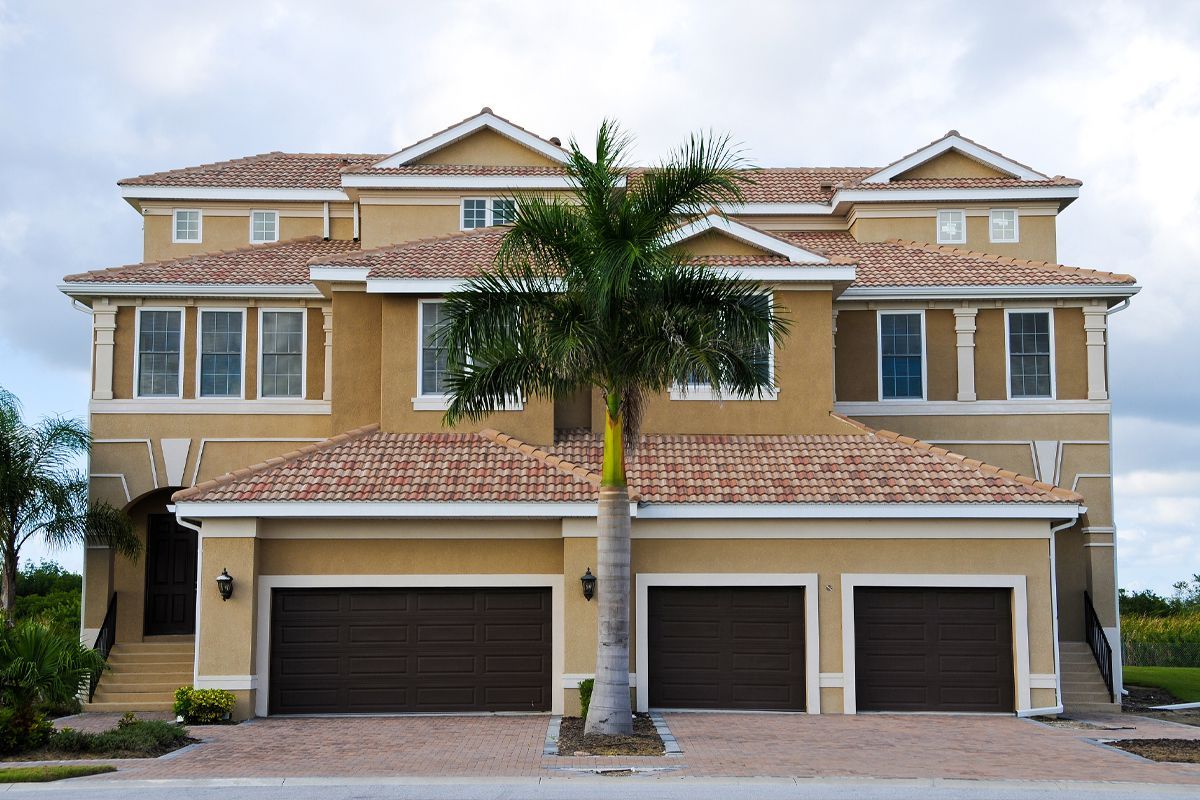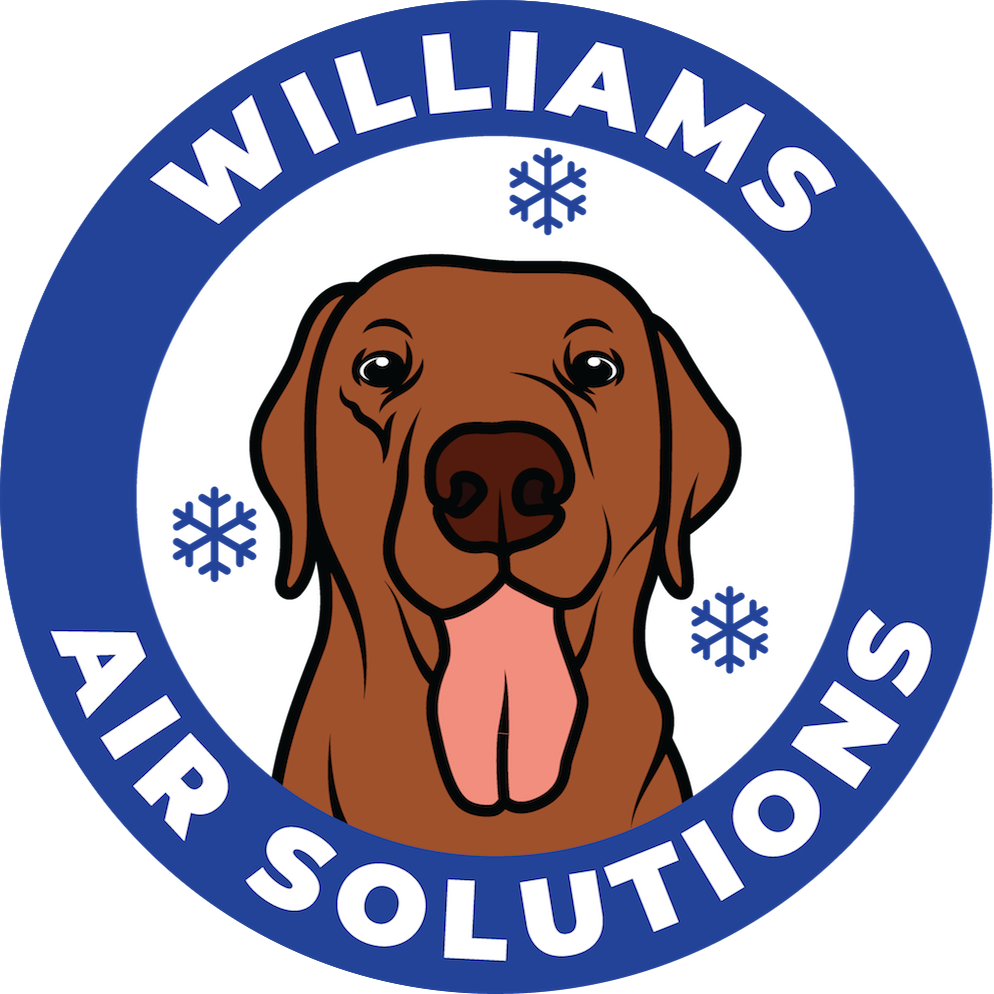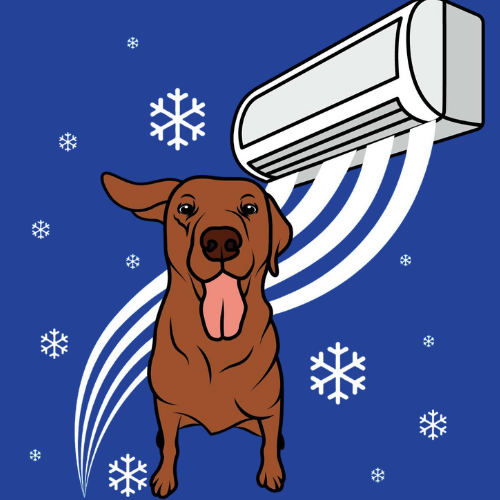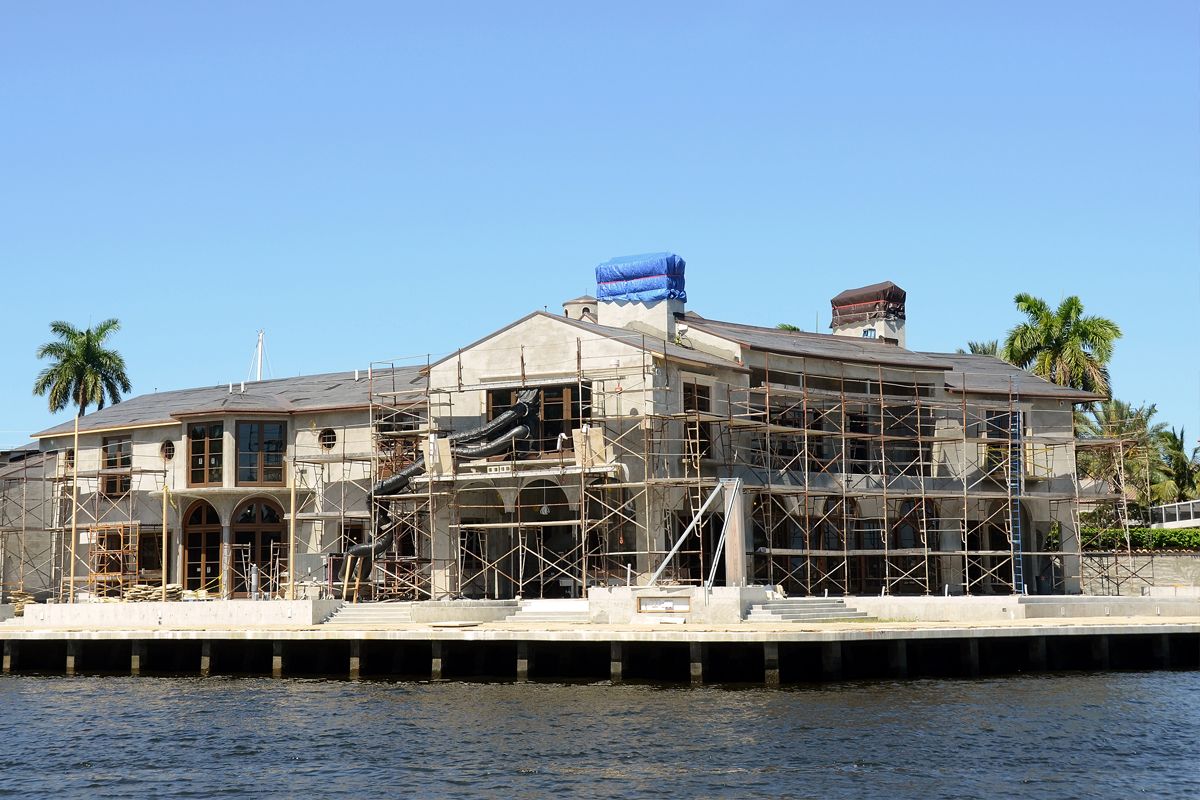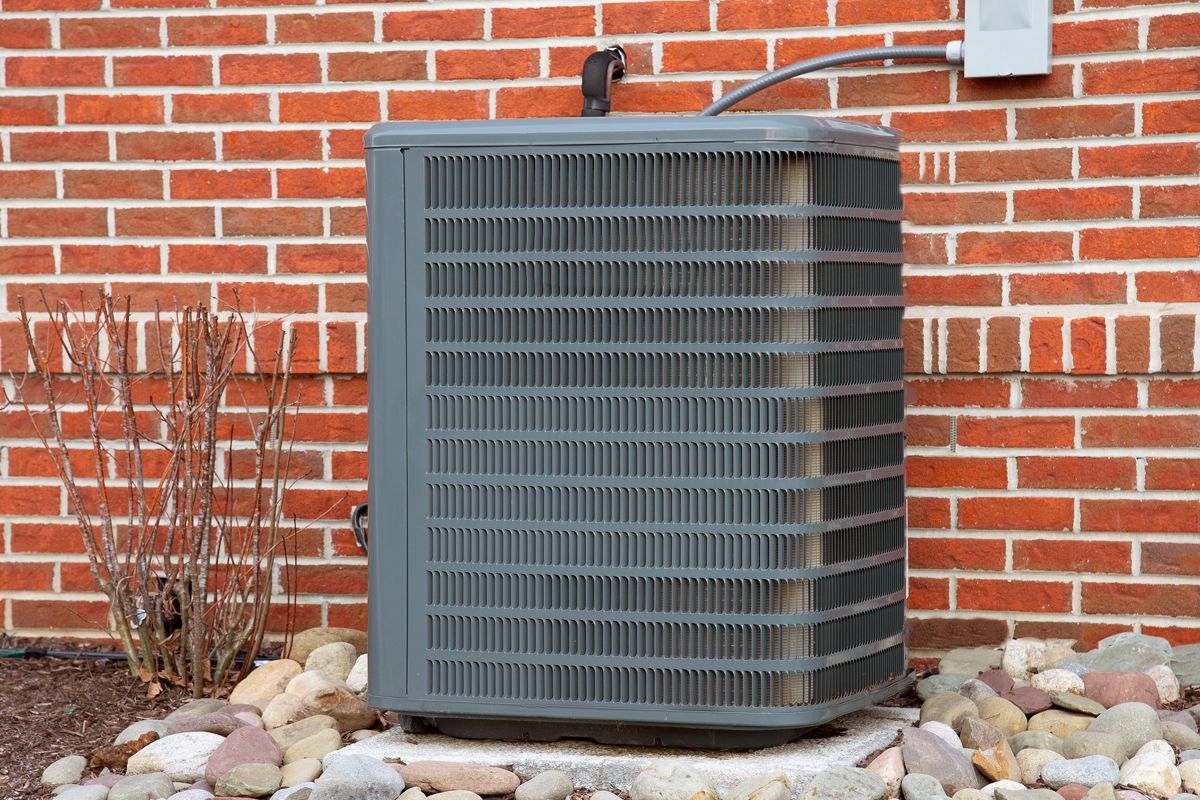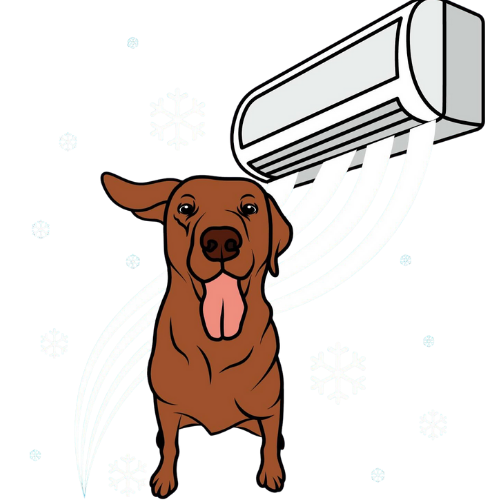Do Smart Thermostats Really Lower Energy Costs in Florida Homes?
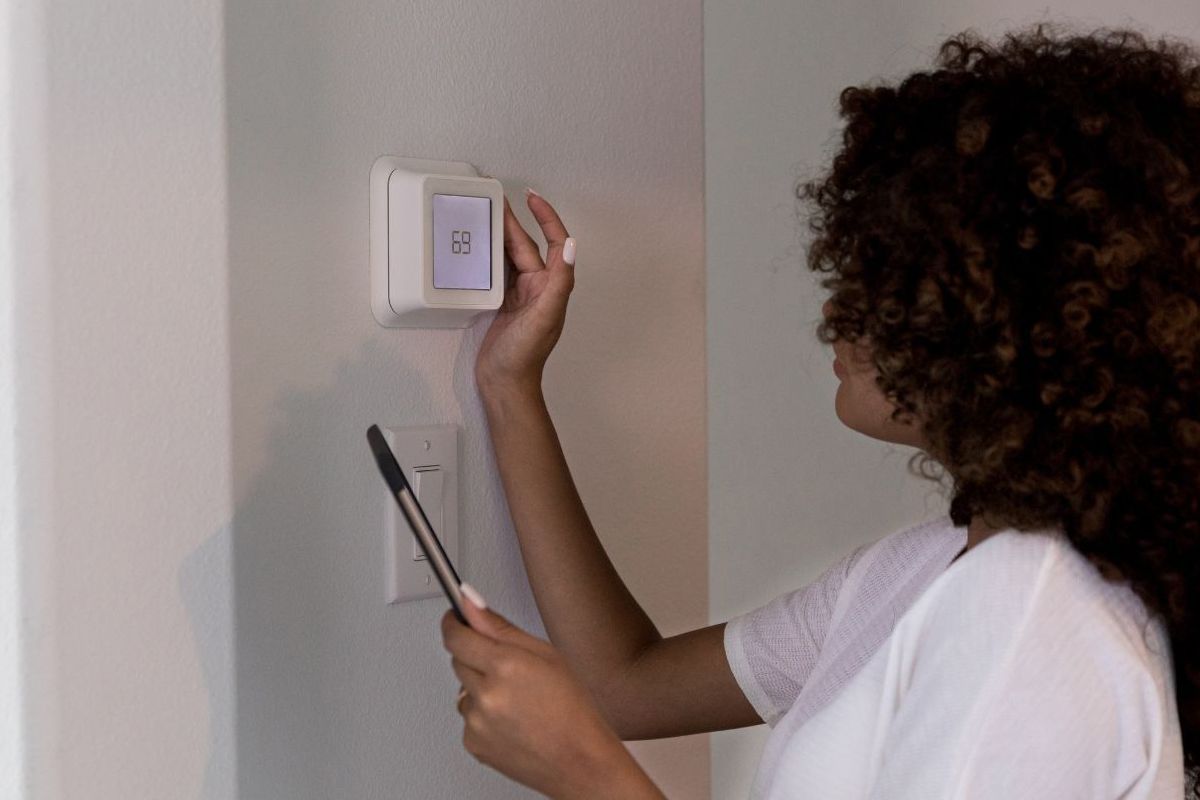
Energy bills are a major concern for homeowners in Pinellas County. With air conditioning running nearly year-round, many look to technology for savings, and smart thermostats are at the top of the list. But one common question remains: “Do smart thermostats really lower energy costs in Florida homes?”
The answer is yes — when properly installed and used, smart thermostats can reduce energy consumption and help homeowners save money. Here’s how.
How Smart Thermostats Work
Unlike traditional thermostats, smart thermostats use advanced sensors, Wi-Fi connectivity, and learning algorithms to optimize heating and cooling. They adapt to your schedule, track energy use, and allow adjustments from a smartphone.
Key features include:
- Learning Technology: Adjusts settings automatically based on your daily routine.
- Remote Access: Control your system from anywhere via an app.
- Energy Reports: Provide data on usage patterns and savings opportunities.
- Geofencing: Detects when you’re home or away to adjust temperatures automatically.
Energy Savings in Florida Homes
Florida’s climate means AC is the primary driver of energy costs. Smart thermostats help reduce those costs in several ways:
- Efficient Scheduling: Automatically reduces cooling when you’re at work or asleep.
- Humidity Control: Some models integrate with HVAC systems to manage moisture, which reduces strain and improves comfort.
- Demand Response Programs: Many Florida utilities partner with smart thermostat manufacturers, offering rebates or incentives for allowing small adjustments during peak demand.
Estimated Savings: According to ENERGY STAR, homeowners can save up to 8–12% annually on heating and cooling costs with a smart thermostat. For Florida households, where AC often accounts for 40–50% of the electric bill, this can mean real savings.
Real-World Example in Pinellas County
A homeowner in Clearwater, FL upgraded to a smart thermostat and paired it with a high-efficiency heat pump. By scheduling temperature setbacks during work hours and monitoring energy use through the app, they saw their summer energy bill drop by almost $40 per month. Over a year, those savings paid for the thermostat itself.
When Savings May Be Limited
While smart thermostats offer real benefits, they aren’t a magic fix for every situation. Savings may be limited if:
- Your HVAC system is old and inefficient.
- You rarely adjust your thermostat or already manage energy carefully.
- The thermostat is installed incorrectly or not connected to Wi-Fi.
For maximum savings, a smart thermostat should be paired with a well-maintained, efficient HVAC system.
Smart thermostats can be an effective tool for lowering energy costs in Florida homes, especially when paired with preventive HVAC maintenance and efficient equipment. By learning your habits, controlling humidity, and giving you real-time data, they help take control of energy use in a way standard thermostats never could.
At Williams Air Solutions, we help Pinellas County homeowners choose and install smart thermostats that integrate seamlessly with their HVAC systems.
Ready to start saving? Call Williams Air Solutions at (727) 353-0090 today and ask about upgrading to a smart thermostat for your Florida home.
